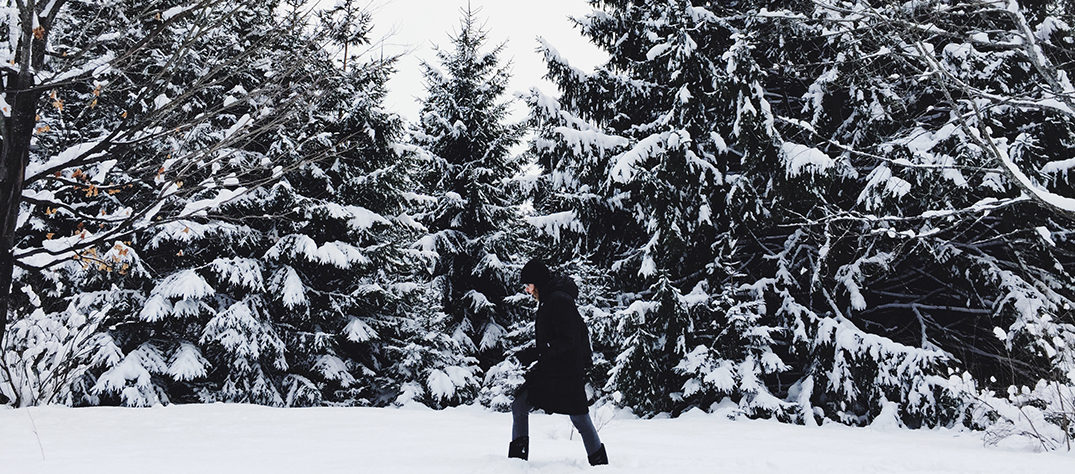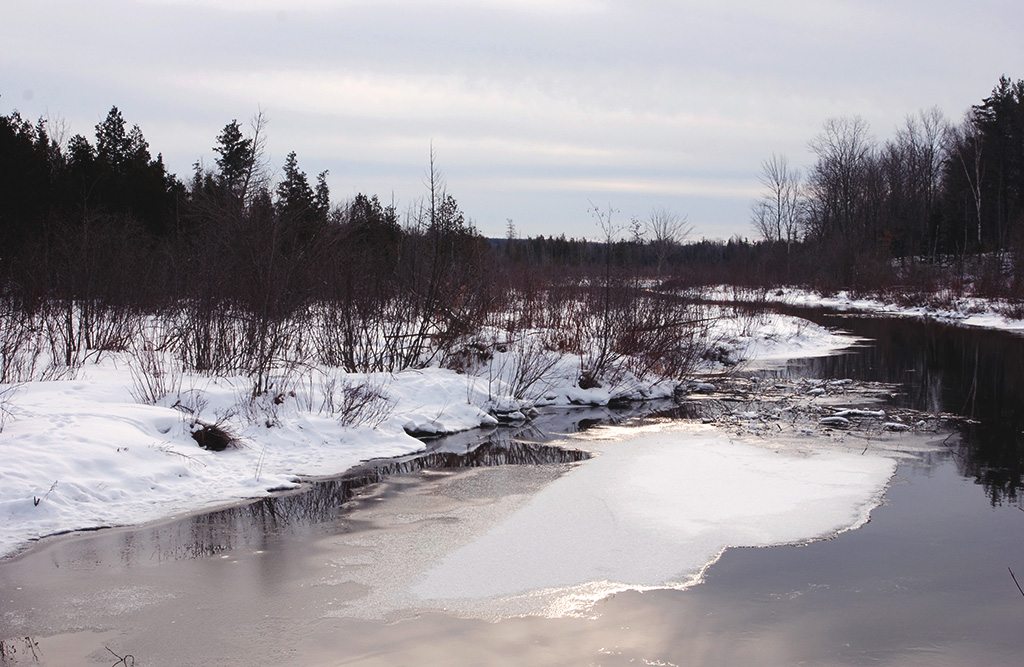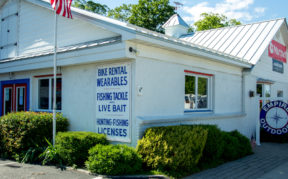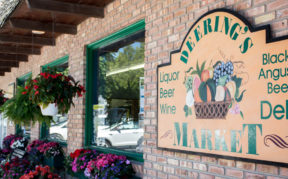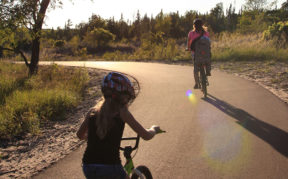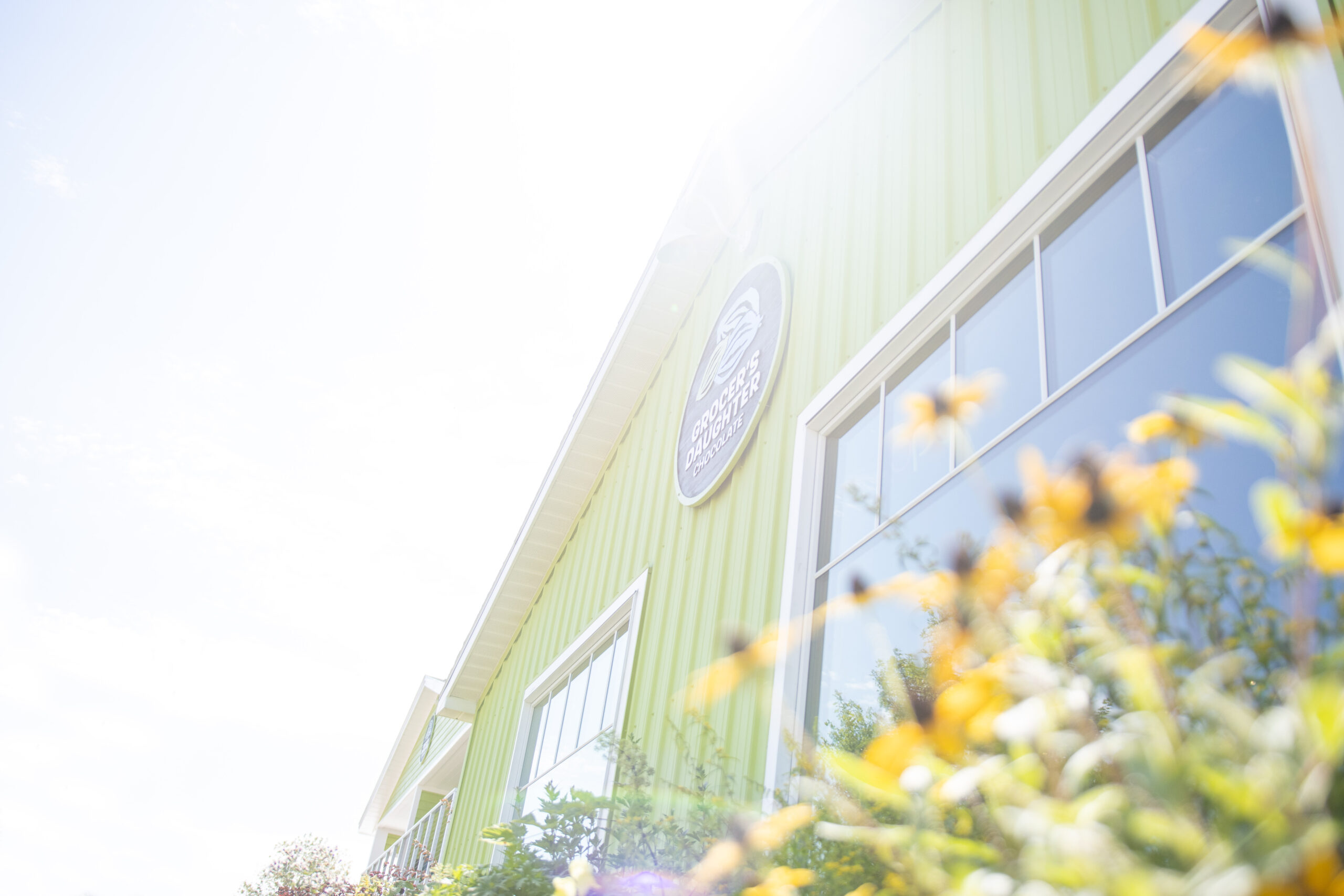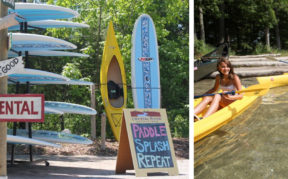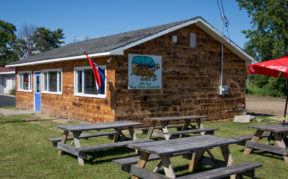Winter in northern Michigan is no time to hibernate. One of its best-kept secrets is the icy beauty—and solitude—of the Sleeping Bear Dunes National Lakeshore.
Headquartered in the village of Empire, the 71,000 acre park is open all year and rewards off-season adventurers with scenic views rarely experienced by the average tourist. As snow builds over the glacially-carved landscape, white dunes appear statuesque and sparkling. Ice formations punctuate miles of shoreline with displays of geometry. Trails frequented by summer hikers become secluded havens for wildlife with tunnels of snow-covered evergreens.
Empire is winter adventure at its finest, and the best part is it doesn’t require any special skills or equipment—just a little motivation and a lot of layers. We’ve compiled seven of the best ways to play in the park (and beyond) from easy, family fun to more extreme cold-weather challenges. So grab your winter gear, your friends, and a park pass and head to Empire to discover what makes this the “Most Beautiful Place in America.”
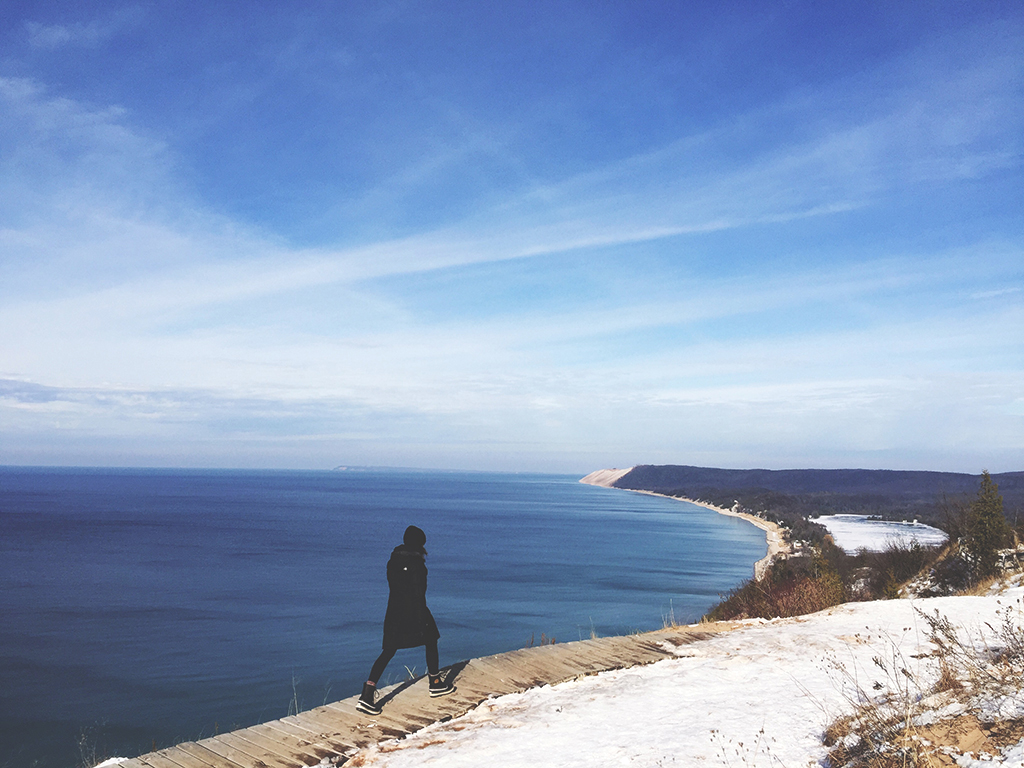
Hiking along Empire Bluffs Trail in winter
Take it Easy.
Looking for something that anyone from kids to grandparents can enjoy? Try one of these easy, accessible options in just a few hours and with little planning.
1. Sled the Dune Climb
This 260-foot bluff, one of the most famous attractions in the park, is open year-round to sledders and climbers. Though you can gain serious speed on top of this monstrous hill, it’s still safe for little ones near the bottom. As a general rule, only hike as far as up as you think you can safely sled. To get there, head 5 miles north of Empire onto M-109. For more information on the Dune Climb, click here.
2. Explore shapes on the shore
The wind and waves of Lake Michigan’s western shore have been known to produce spectacular ice phenomena. From basketball-sized snow globes scattered along the beach to blue-hued ice cave formations reaching up to 30 feet high, each winter provides a new canvas for mother nature. If you’re looking for an experience that requires little effort or planning, try a short walk along the shoreline of Empire Beach, Esch Road Beach, or Petersen Beach. For more information on beaches, click here.
BONUS TIP: TRY IT AT NIGHT
End your day with some Sleeping Bear Dunes star gazing. Hike up the Dune Climb on a clear night for the area’s best 360-degree view of the sky, or watch the sunset from the shoreline.
Push It.
With a little bit of effort and some equipment (rentals are available if you don’t have your own), everyone can enjoy these fun snow-day activities.
3. Snowshoe through a winter wilderness
The best part about snowshoeing? It doesn’t require any special skill, so almost anyone can do it—just pick up your feet and go! Several trails near the village offer up splendid winter scenery, but the park’s must-do snowshoe trek is famous Empire Bluff Trail. To get started, easily rent gear at Crystal River Outfitters and head out on your own or join a weekly ranger-led snowshoe hike offered by the Sleeping Bear Dunes park service. For more information on skiing and snowshoeing, click here.
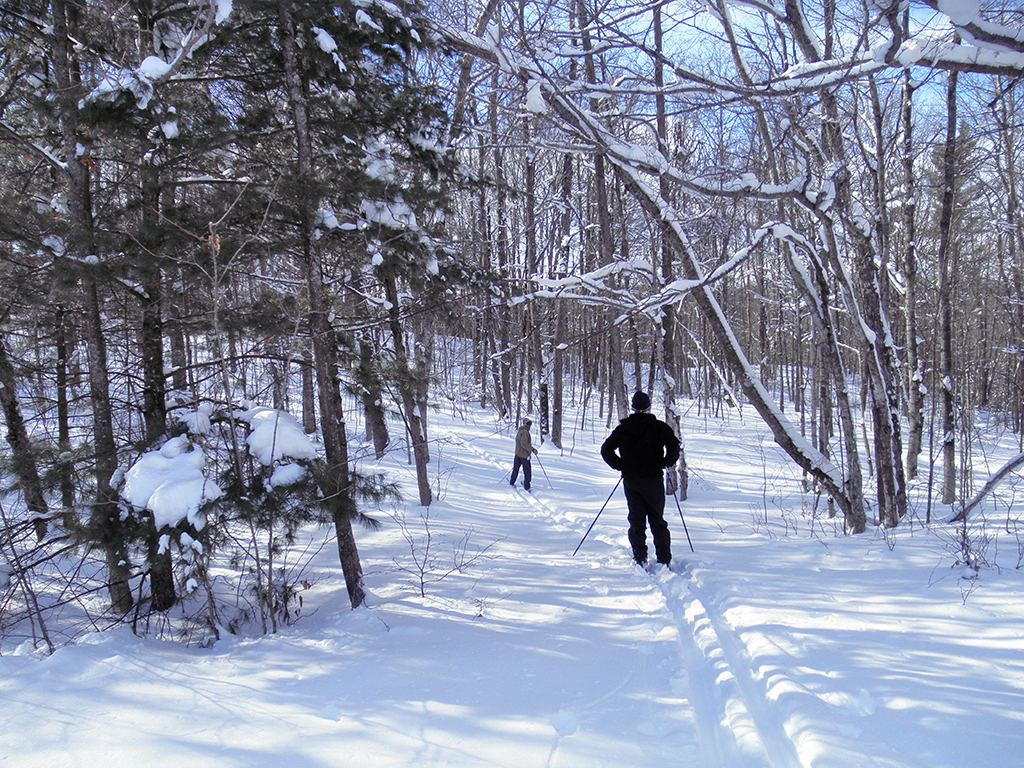
Cross-country skiing along the Windy Moraine Trail
4. Take a ski tour on the Sleeping Bear Heritage Trail
Though all the same trails that offer snowshoeing can be enjoyed on cross-country skis, this must-do trail is the only one in the park that’s groomed. Perfect for skiers from expert to beginner, this multi-use trail spans over 20 miles from Empire to Glen Arbor and winds through gorgeous hills and hardwoods. You can easily rent gear at Crystal River Outfitters if you don’t have your own. For more about the Sleeping Bear Heritage Trail, click here.
BONUS TIP: WINTER WARM UP
Warm up with the perfect aprés ski, snowshoe, or sledding treat—artisan hot chocolate! Just south of town, Grocer’s Daughter crafts fine chocolates from organic, ethically-sourced ingredients and uses this to make their hot drinking chocolate, giving a richer, creamier taste than traditional cocoa. Hours and directions >
5. Fly through the snow on a fat tire bike
If you’re not ready to tackle the learning curve of cross-country skiing, try fat tire biking. Due to their sturdy, balanced frame and large tires, fat bikes are capable of cruising on snow and sand, opening up new seasons and terrain for cyclers of any ability. Any trail that’s accessible by bike during summer months is up for grabs, but plan ahead; deep snow may be impassable. For a guaranteed ride, head to the groomed Sleeping Bear Heritage Trail. For rental options, check Crystal River Outfitters.
6. Go fish
>One of the best ways to spend a winter’s day is on the frozen lake, cozying up in a 6 x 6’ shanty with your best friends and favorite fishing rod. There are 21 lakes within the Sleeping Bear Dunes and you have access to all of them with a fishing license and park pass. Popular ice fishing options include the Glen Lakes, Loon Lake, Bass Lake, and Otter Lake. Check Empire Outdoors for bait, tackle, licenses, and more. More information on area fishing >
Otter Creek in winter
Seek a Thrill
Not for the faint of heart, extreme winter challenges require some basic skills and preparation to do safely but deliver a rewarding adrenaline rush and ultimate bragging rights.
7. Paddle the park
With the right gear and preparation, kayaking in winter is not only safe, but fun! Because outfitters and shuttles aren’t open this time of year, you’ll need to use your own equipment and bring a friend with an extra vehicle. An easy trip for first-time winter paddlers is the Lower Platte River (put in at Loon Lake and float all the way to Lake Michigan on this two-hour trip). For more paddling options, check out the Crystal River north of town, access Lake Michigan from Empire Beach, or explore one of 21 inland lakes in the area.
BONUS TIP: PLAY IT SAFE!
If you’re new to winter kayaking, don’t go without at least one experienced person to guide you through the process. If you get wet this time of year, the risk of hypothermia is extremely high. Be sure you have the right vessel, waterproof clothing, and emergency equipment. More on winter kayaking safety >
